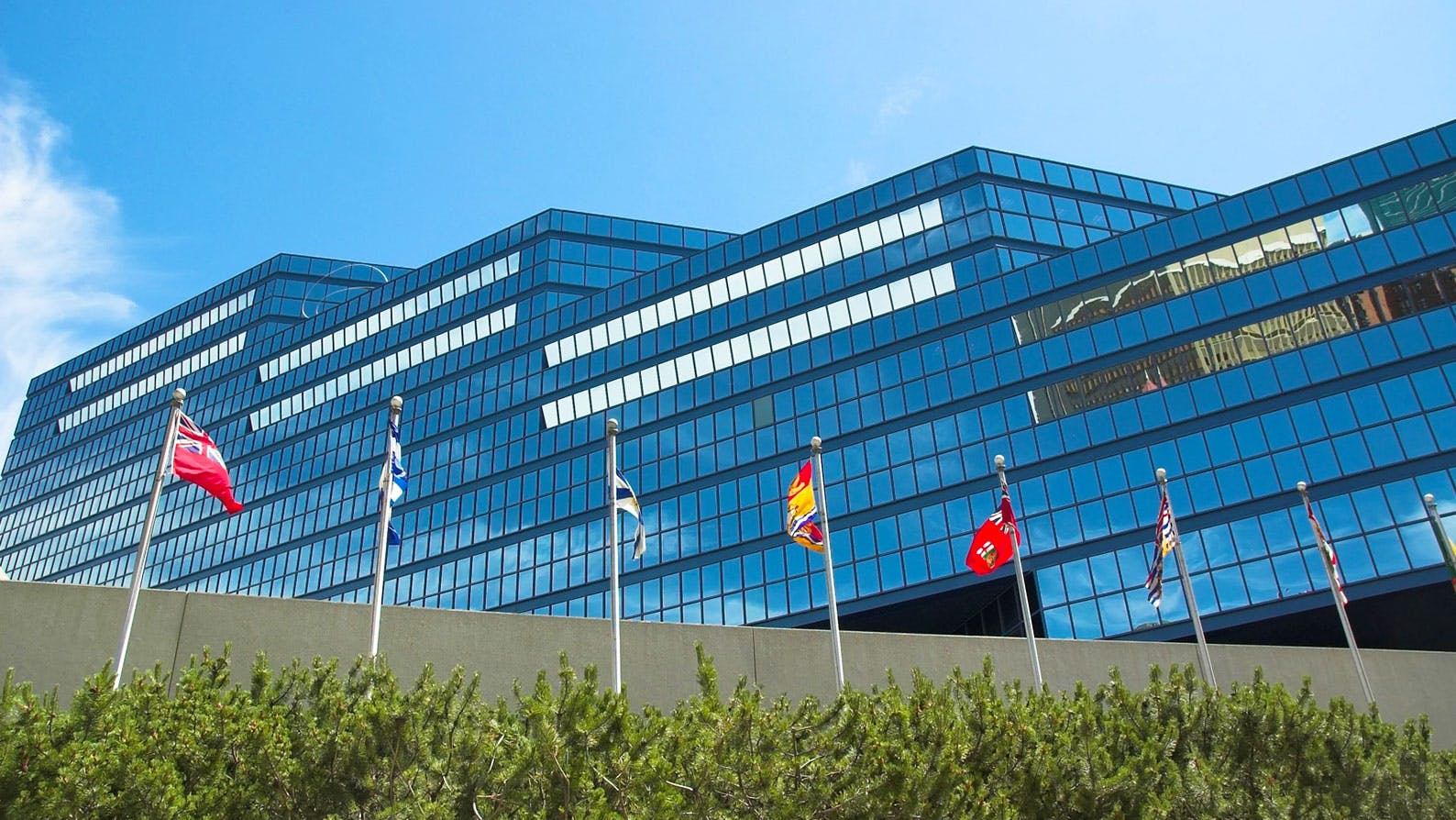April 15, 2019
Over the past several months, the Calgary Chamber has advocated strongly for structural changes that would bring more fairness for businesses carrying a disproportionate amount of property tax burden.
Unfortunately, while beginning to address this unfairness earlier this month, City Council failed to provide the long-term structural changes needed to create business certainty and left some troubling question marks about how businesses facing sharp increases in 2019 will be shielded.
2019 tax rate set
On April 8, the City adopted a bylaw and a strategy that officially sets the 2019 tax rate and outlines council’s plan to address the ongoing property tax shift and associated increases businesses have seen on their tax bills during the downturn.
The adopted plan, one of over eight debated by council a week earlier, includes using $8 million in savings in combination with an expected $27 million in “tax room” to be recovered from the province’s portion of property taxes collected in order to help reduce the total taxes paid by non-residential properties in the City by $35 million. This has led to an overall decrease of 1.77 per cent in the non-residential property tax rate. Despite the slight decrease in the tax rate, many businesses – especially outside of the downtown core – will still see significant tax increases due to the “downtown tax shift”. Also, unlike the previous two years the City has decided not to cap non-residential increases at five per cent.
Business tax burden still too high
As a result, in 2019 we will see a minor shift in the tax burden. Residential properties will now pay 47 per cent of all property taxes raised in 2019 and non-residential properties will pay the other 53 per cent. The approach asks 14,000 non-residential accounts to carry the majority share of the tax bill, once again, while over 500,000 residential accounts carry less than half. This option beat out another proposal that would see a rebate program for residents instead while moving 49 per cent of the burden to residential property owners.
While the chosen shift in tax burden begins the process of moving to a more equitable split, it falls behind other major cities like Edmonton where residential properties account for 52 per cent of the share and Toronto where the share is 63 per cent. Further, a significant portion of the City’s plan relies upon the “tax room” that the City’s doesn’t know if it will have yet. When the City collects property taxes, they collect both the municipal and the provincial portion. “Tax room” occurs when the City collects more in taxes than the provincial government needs. Without a 2019 provincial budget yet, there is no way to know whether the “tax room” that the City is relying upon will be available.
Several question marks about proposed business grant program
Council also approved the implementation of a Small Business Sustainment Grant program that would help ease the increases seen by some non-residential property owners over the next two years. The grant will be funded by $70.9 million from the City’s reserve funds. Along with concerns around equity in terms of who will receive funding and what the criteria will be, this program could will also create work for businesses as it will likely require some sort of application process.
Details of the proposed grant program will be confirmed mid-May. However, the Chamber already has some early concerns. First, the targeted grant for certain businesses allows the City to choose winners and losers, leaving some businesses experiencing the same price shocks and uncertainty with no assistance. Second, it adds administrative burden of a grant application process for both the City and businesses. Lastly, it is difficult to determine how to define what a small business is and who will be eligible, making it difficult for businesses to budget for property tax costs.
Moving forward
Unfortunately, Council’s decision does not address the long-term structural issues that have caused the ongoing problem with Calgary’s property tax system, and the two-year grant program for tax relief very little certainty for businesses. At more than 4:1, Calgary’s non-residential to residential mill rate property ratio (the amount businesses pay compared to residents) is the highest of large cities in Canada. In Edmonton and Toronto, that ratio is a much more reasonable 2.8:1.
Until a more equitable ratio is locked in, the business community will not have the long-term structural certainty that it needs to thrive in Calgary. Council’s decision missed the mark on taking concrete action and increases the risk that we will be back in the same position a year from now.





